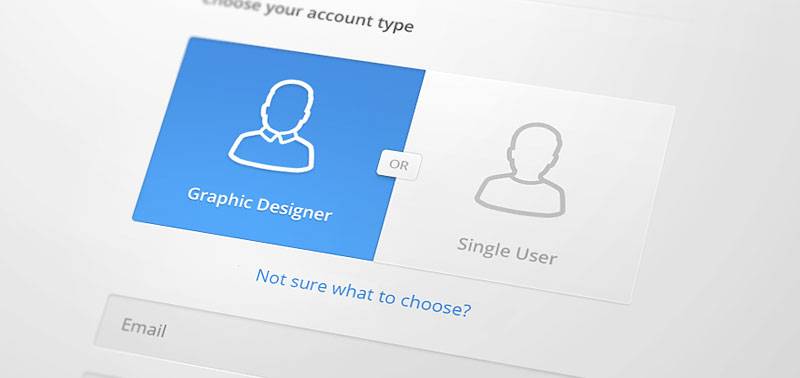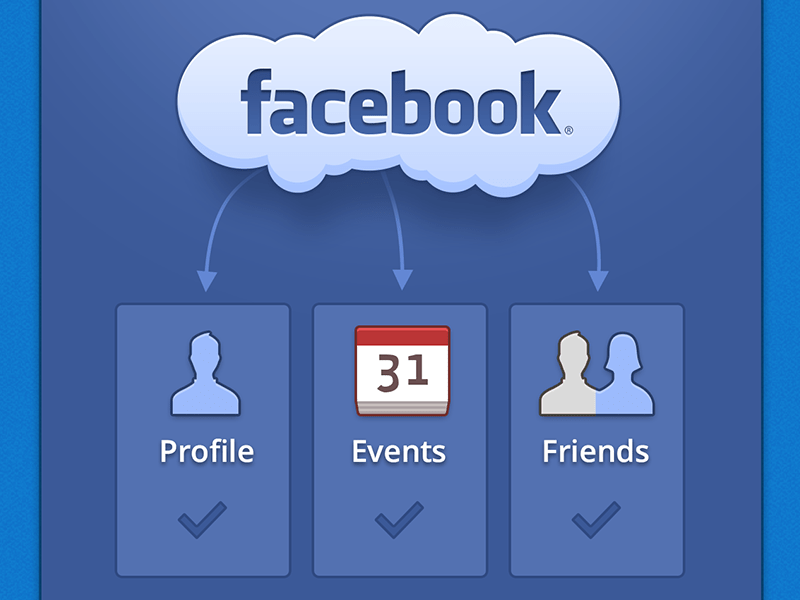Everyone wants traffic to their website and lot’s of it, but instead of going after quantity, what about the quality? Believe it or not, one traffic source does not fit all, instead you have to really go after the platforms that your target audience is spending time on. For example, it would be absolutely pointless running an ad for warm winter jackets in the peak of the summer in Mumbai, India. Just the same, it would be pointless running an ad for summer t-shirts in the peak of the winter in Anchorage, Alaska.
It goes back to the old saying- “You can’t sell ice to an Eskimo”. A campaign cannot be successful if the traffic it is reaching has absolutely no interest in the products or services you are trying to sell. It seems obvious, but you would be surprised how often this happens especially when businesses get caught up in advertising on big platforms like Facebook and Twitter, just because they are popular. Once you understand that not all traffic is the right traffic for your business, you can move on to deciphering which types of traffic you should try to attract and which ones are best left alone. This starts with understanding who your target audience is and where your product will have the biggest impact. 
- What is the main gender of your target audience?
- What is the age of your target audience?
- What is the income level of your target audience?
- What need is your product filling for your target audience?
- What types of activities does your target audience enjoy doing?
Even these simple questions can start you on the right track to knowing where to spend your advertising dollars and which marketing strategies will help turn your clicks into sales. Now that you have collected some data about your target audience, it is time to research which websites your target audience would most likely frequent. For example, an Apple lover isn’t about to be found on a site dedicated to PC’s and Android products and an avid Android user isn’t about to be found on a site catering to MAC products. For most marketing campaigns, especially ones run on mass media sites like Facebook or Twitter, it can be tricky to control your ad from cropping up in the wrong places. That is why it’s imperative to do your research and target the right platform to begin with. Using an analytical tool like Amazon’s Alexa can be beneficial here to help you discover what types of audiences are looking at what types of sites. For example, according to Alexa, majority of those who use Pinterest are women. Instantly, this would allow you to know that running an ad on Pinterest would be perfect if your product is targeted at a mainly female demographic. Topics like DIY crafts and fashion also do well on Pinterest, so if your product is in this field too, advertising on Pinterest may be the most effective platform out there even though Facebook is often considered more ‘popular’. Basically, the more ‘match-ups’ you can make between your target audience and the platform you are advertising on, the more likely you are to get a sale and make a return on your investment- and isn’t that every marketers dream? There are many popular advertising platforms out there to test this theory with however, we have broken down two main ones: Facebook and LinkedIn. Both are popular sites with a large following, however they both have slightly different demographics. Let’s look at Facebook first…. 
- 71% of all internet users used Facebook from 2013-2014
- 66% of men use Facebook, whereas 76% of women use Facebook
- 84% of Facebook users are aged 18-29
- 76% of Facebook users make between $30-$49,999 per year
- 75% of Facebook users live in urban locations
The Pew Research Center also stated:
“Fully 71% of online adults use Facebook, a proportion unchanged from August 2013. Usage among seniors continues to increase. Some 56% of internet users ages 65 and older now use Facebook, up from 45% who did so in late 2013 and 35% who did so in late 2012. Women are also particularly likely to use Facebook compared with men, a trend that continues from prior years.”
As you can see, collecting and researching data like this can provide infinite clues on whether or not a platform is worth investing time and money into in order to collect traffic. Facebook has a huge range of users from all over the world, so typically it is considered a good and safe platform to get traffic from regardless of the product or service you are selling. But keep in mind, with so many competing advertisers and Facebook’s strict ad rules, it may not be the best fit for your company. One thing worth mentioning however, is that Facebook is a great choice when it comes to promoting products targeted at people aged 18-29. This is because a whopping 84% of those using the platform are in that age category. Once you know that, you can also determine the average income level of that age group and the types of trends, products and services that age group may respond to. Another popular place to garner traffic is LinkedIn. Just like Facebook it is a large platform that attracts a wide range of users from all over the world. However, even though the site is popular, it definitely caters to a different demographic. 
- 28% of all internet users used LinkedIn in 2014
- 28% of men use LinkedIn, whereas 27% of women use LinkedIn
- 30% of LinkedIn users are aged 50-64
- 44% of LinkedIn users make over 75,000+ per year
- 32% of those who use LinkedIn live in Urban areas
The Pew Research Center states:
“LinkedIn continues to be particularly popular among college graduates, those in higher income households and the employed, although the increase in usage by those who are not employed to 21% from 12% in 2013 is notable.”
As you can see, LinkedIn serves a completely different demographic to Facebook. Its users are more professionally minded, have a higher level of income and are predominantly male. It is clear to see that marketing on LinkedIn would be perfect for business to business type transactions, professional services and more expensive products. It would also be a great place to reach young college graduates, entry level workers and even top level executives. Even if you were planning to sell the same product, it’s easy to see how your marketing strategy may vary depending on whether you were catering to Facebook traffic or LinkedIn traffic. You may even determine by sifting through these statistics that advertising on one of these platforms is not even worth spending time and money on, despite how popular it is. There are of course many other big traffic platforms out there such as Twitter, YouTube, Instagram, Pinterest, Tumblr, Vine etc. so take the time to research which traffic source is the best fit for your company. Using these big traffic platforms is often the best and easiest approach because there is plenty of room to scale and the ad interfaces are often easy and quick to use. Just remember that every business is going to be unique and you must consider the effectiveness of each platform in relation to your business. Don’t get caught up in selecting every big “traffic store” just because is is considered popular. Here is a quick breakdown of some of the top traffic platforms available and when you may want to use them: YouTube: great for any market, especially when you have a product that requires demonstration. Also a great method to use when retargeting a younger demographic. Pinterest: great for selling products, particularly to a female audience. Anything that is heavily visual will also do well on this platform including original content and arts and crafts. LinkedIn: great for selling professional or B2B services. Perfect for the promotion of webinars and if you want to reach a certain job or industry. Google: great if people are searching for your product regularly or you have a difficult or niche target market that uses very specific keywords. Twitter: great for targeting a highly tech- savvy market, typically works well for all types of products and services. Facebook: great for most markets unless it is not approved by Facebook’s advertising rules. Perfect for generating leads and building followers. Email: a powerful traffic platform that can be used to scale an offer or directly target your audience. Also a fantastic retargeting tool. Instagram: great to target a younger audience who is tech savvy and fashion forward. Great for promoting visual images and products that are catered to young women. Running traffic on a platform where your target audience is not present is one of the biggest reasons marketing campaigns fail. Sure, you can spend days, weeks and even months tweaking your design, landing page and call to actions, but if your demographic simply doesn’t frequent your traffic platform, then really you are at a lost cause. Even if you do have some of your demographic on a particular platform, why waste time competing for their attention, why not instead go straight to where your target audience hangs out the most. Remember, the first step to running a successful campaign is targeting the right type of traffic!

Hey!
It looks like you're browsing in . Would you like to switch over to the website?